The Michelin Guide to IEMs - CanJam SoCal 2025 Edition (Part 2)
Precogvision and Fc-Construct take on CanJam SoCal 2025 and share their thoughts, with a twist, on the IEMs they heard. This is part 2 of the article which focuses on endgame IEMs.
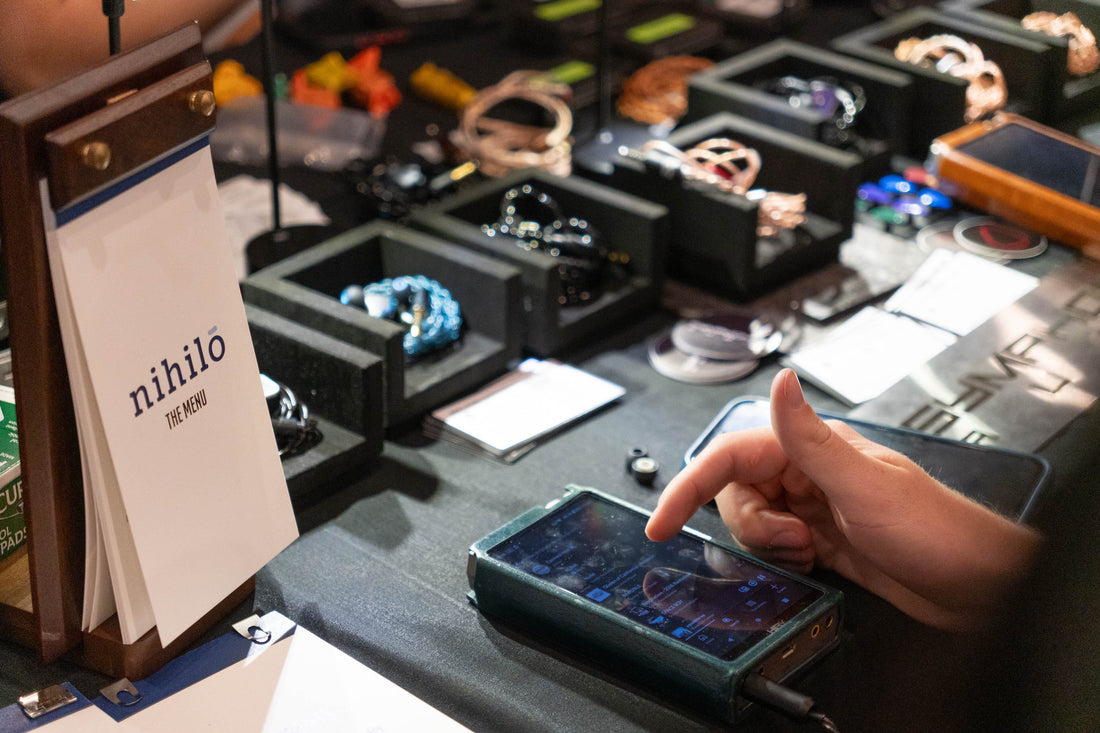
Introduction
Whenever we go to an audio show, it’s always an overwhelming experience trying to navigate the mind-numbing amount of new products to check out while sharing experiences with community members. While no amount of words can do justice to the CanJam atmosphere, we can share some of our thoughts around some of the most interesting products at the show.
This time, we’re going to simplify things by taking a page out of the Michelin Guide. Precogvision and I will give brief impressions and provide a quick score in that aforementioned Michelin style. Here’s the breakdown:
- Not recommended - The sound of this product ranges from being outright bad to merely mediocre.
- Recommended - The starting point for decent. Potentially worth a listen if you have the time.
- 1 Star - Excellent sound and one worth going out of your way for.
- 2 - 3 Stars - Excellent sound with a special sauce that makes the product stand above the rest and/or a “justifiable” price.
For the second part of this two-part CanJam SoCal 2025 show report, we’ll highlight products that you’ll have to be deeply committed to audio to begin even considering. You can find the first part here where we focused on the more reasonably obtainable products.
7th Acoustics Asteria
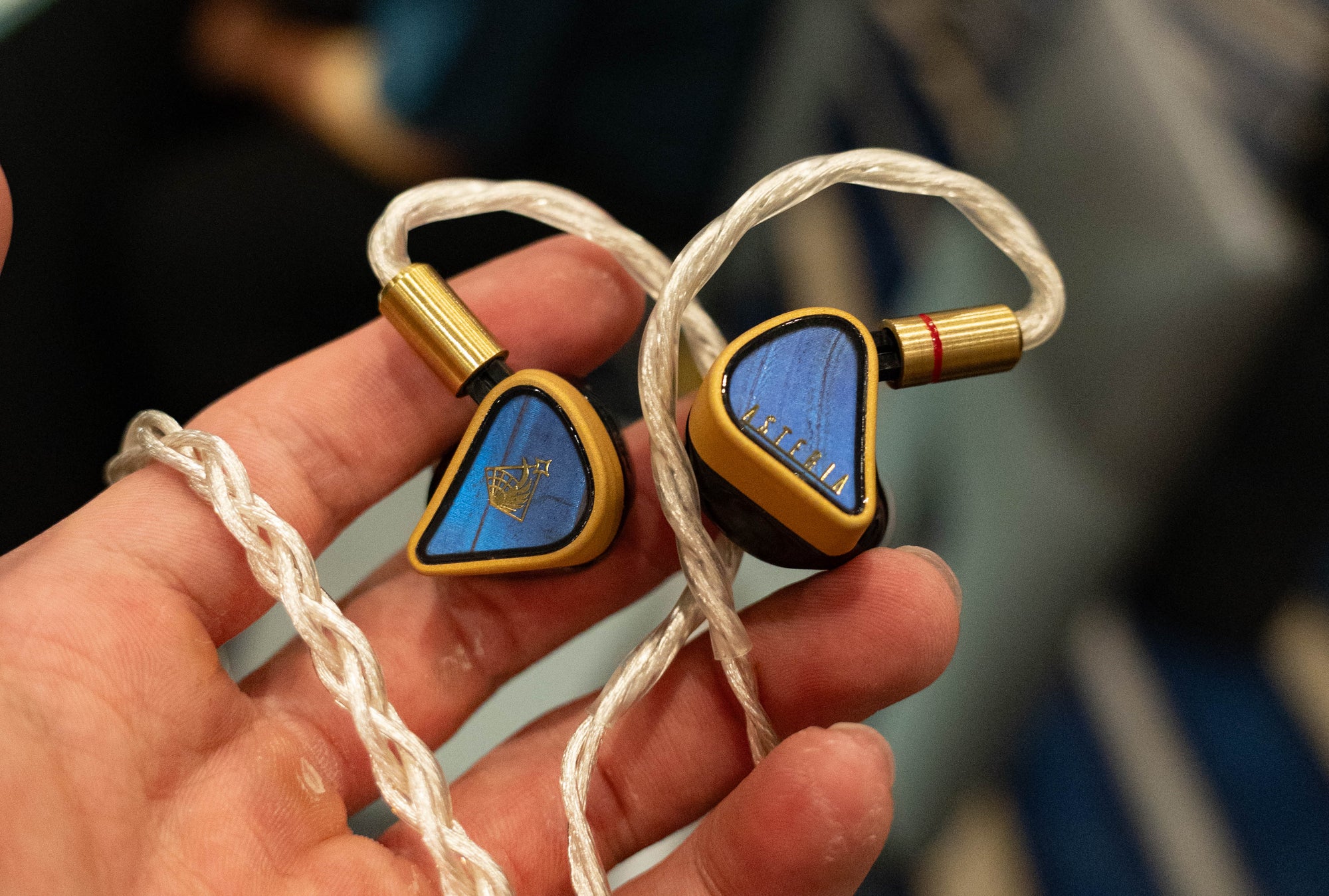
Precogvision: The Asteria is mostly an IEM that takes the idea of a tonal panacea introduced by the highly-regarded Supernova, and then cranks things up across the board. Its bass is characterized by sub-bass with a slight bleed into the 300-400Hz region. On an intangible level, the bass is my biggest critique of the Asteria. It sounds slightly too ‘thumpy’ and almost more BA-like than DD-like in an effort to promote coherency.
Moving upwards, the Asteria is a tuning masterclass: a slightly relaxed 2.5kHz pinna notch followed by a bump of clarity at 3.5kHz. In tandem with the warmer lower-midrange, vocals sound thicker yet present. The Asteria also rectifies my biggest issue with the Supernova; the slight excess of energy from 5-6kHz has been reduced and then topped off with fantastic treble extension.
The result? An IEM with more or less ‘godlike’ tonality, extremely natural imaging, and relatively competitive detail retrieval. Along the lines of intangibles, this is where I think I’d ballpark the Asteria closer to a little over the $2,000 mark. It’s certainly not punching above its price like the Supernova was initially; however, value proposition is something that naturally declines with kilobuck IEMs. Overall, I enjoyed this set very much. 2 Stars.
Fc-Construct: My impressions of the Asteria takes a different lens compared to Precogvision. I thought its massive bass response was one of its primary highlights. Notes land with an authoritative weight and impact. However, I would agree that it doesn’t have quite the rumble and DD-like rolling decay. I think that’s because it blends the subbass and midbass well, but ends up highlighting neither. The treble is excellent. Excellent extension with nice sparkle but not airy. It doesn’t sound exaggerated in the upper treble, nor is it overly sharp and peaky.
My complaint is actually in the midrange. Unlike the Supernova with its buttery smooth midrange, the Asteria is merely alright. The Asteria focuses your attention on its bass and treble performance while its midrange plays the supporting role - one that doesn’t get any attention when done right, which the Asteria does. Depending on your perspective, that’s a good thing. 2 Stars.
Canpur CP752B
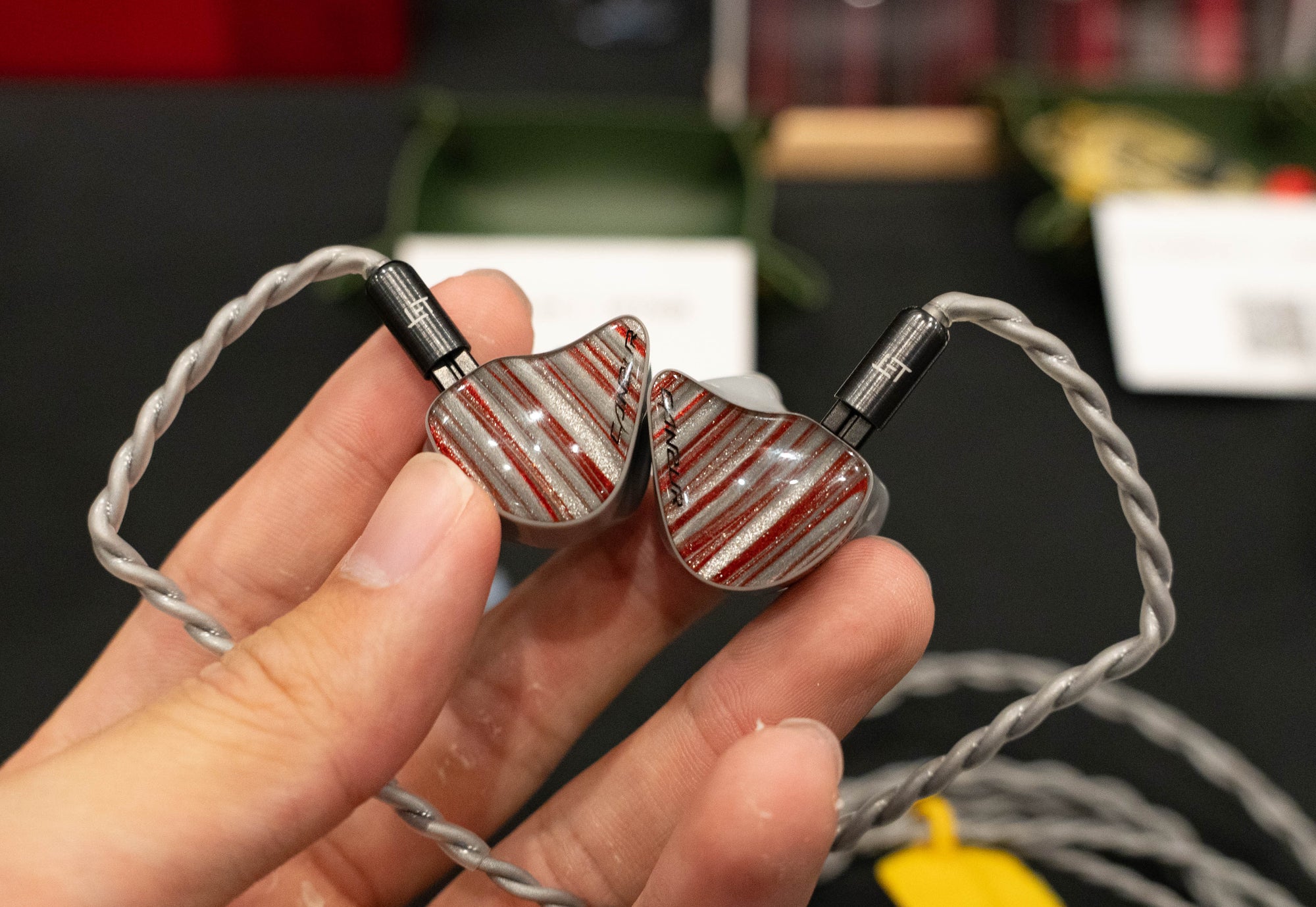
Fc-Construct: The first time I demo’d the Canpur CP622b, I thought it was good, but wasn’t in love with it like many others were. But after hearing it again, I was a believer. It’s good. A deep, rumbly bass response with a slightly thick, warm midrange and softened treble make for easy, easy listening.
The CP752B takes the 622b’s blueprint and gives it a V-shaped renovation. The bass is undoubtedly bigger and better. Even more weight and foundation behind every note that lands. Treble becomes sharp and peaky, but unfortunately that comes with a level of unevenness that the 622b didn’t have. And the midrange becomes somewhat scooped sounding, throwing off the timbre of vocals in particular.
I will say that the first time I heard the 752b was at Shenzhen International Audio Show where I was not impressed. This time was more impressive, but still fell short of what I enjoyed about the 622b. Maybe I just need to hear it one more time… Recommended.
Precogvision: I would echo Fc-Constructs general impression of the CP752B being more V-shaped than the CP622B. However, I’m more positive about its implementation. To me, the treble response does exhibit a peak; however, I find it to be of the more sparkly than piercing variety. I do think that the CP622B is the IEM with more widespread appeal; however, I don’t dislike the CP752B at all. Recommended.
Canpur Mona Lisa
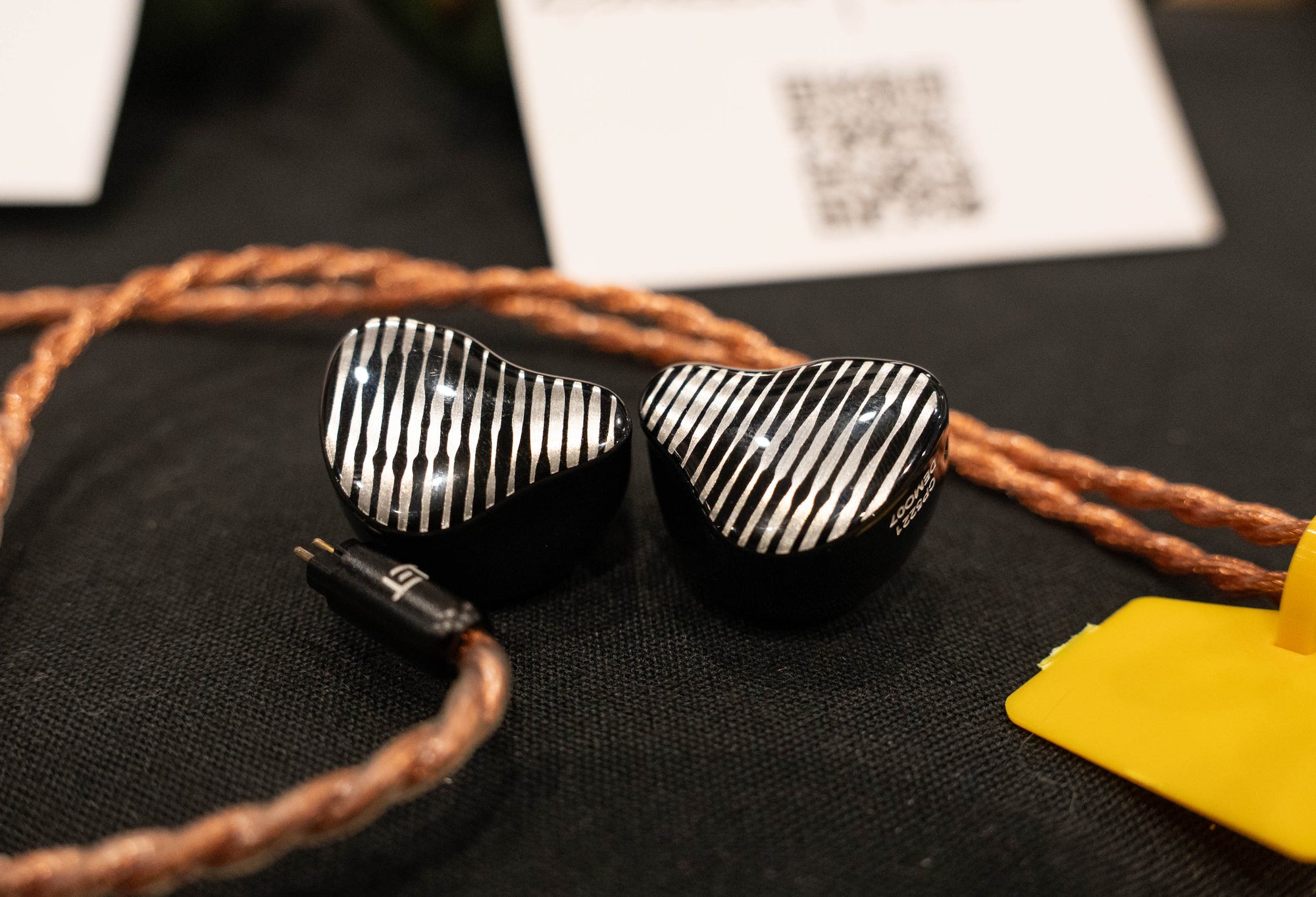
Precogvision: The Mona Lisa is the most aggressive of the three Canpur IEMs (the other two being the CP622B and CP752B). This is the product of a strong sub-bass focus and more lower-to-mid treble than any of the other three IEMs. Personally, I find the treble on this to be a bit overdone - the Mona Lisa can get harsh at louder listening volumes and there’s a metallic tinge to the treble’s timbre. Not recommended.
Empire Ears Odin MKII
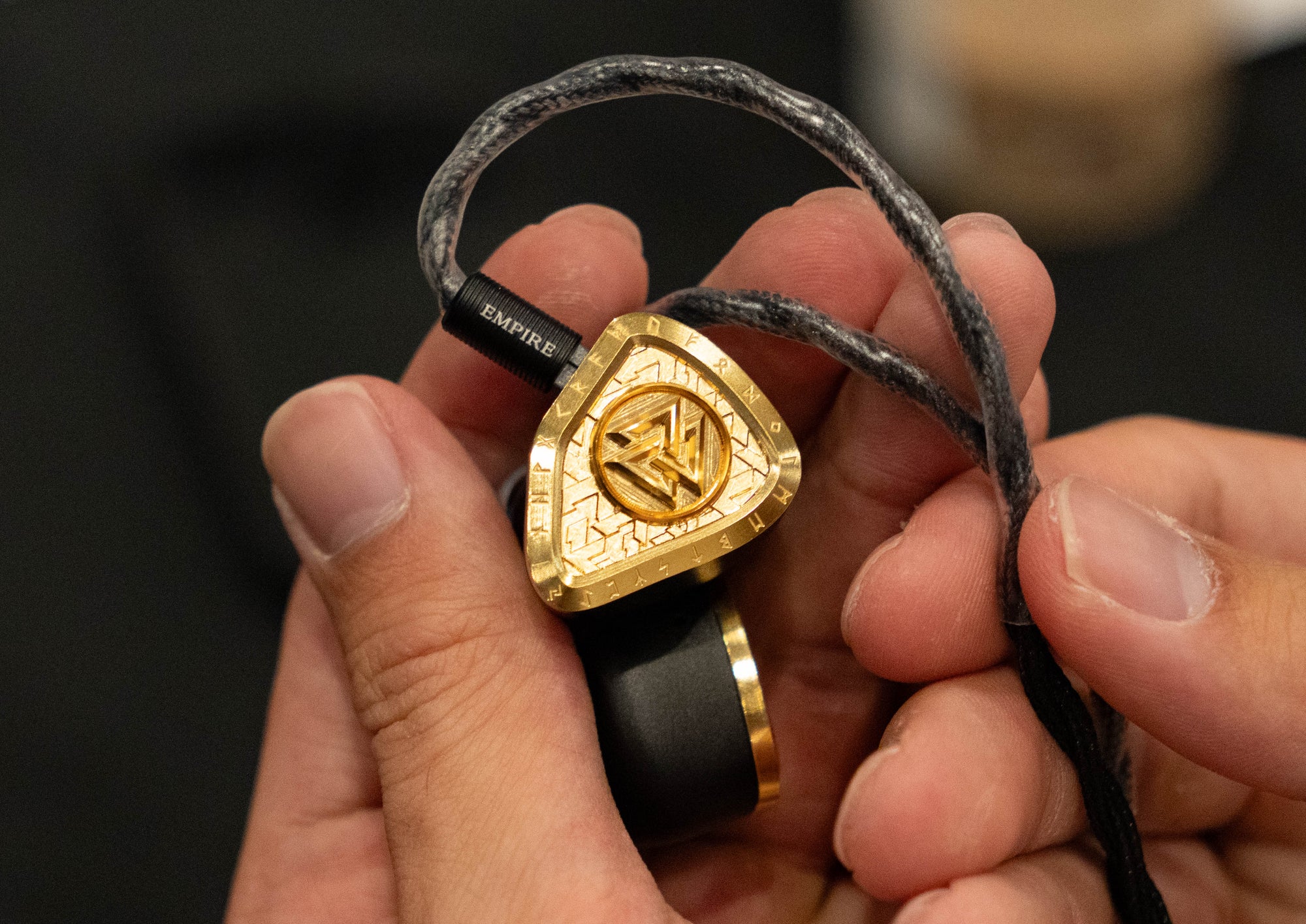
Precogvision: Compared to the original Odin, the Odin MKII can generally be considered a warmer, more forgiving IEM. It noticeably has more mid-bass and a warmer tilt to its lower-midrange. This takes some of the edge off of the 1-3kHz that made the original Odin so prominent. But like the original Odin, the Odin MKII’s treble is similarly soft: fairly tame in the 5-6kHz region and exhibiting some whispiness past 15kHz. In essence, I can’t help but feel that the Odin MKII is too forgiving and has lost the character that made - and still makes - the Odin such a great IEM. Not recommended.
Fc-Construct: My thoughts echo Precogvision. The Odin MKII is effectively a duller Odin. The addition of that additional midbass/lower mids presence makes it thicker, but it bogs the overall sound down. I didn’t find the Odin’s treble soft, but on the MKII, it definitely is. The Odin has a special sauce that the MKII just doesn’t have. Also, I have to say, the original faceplates were much, much more fun to look at. Not recommended.
Hercules Audio Moses
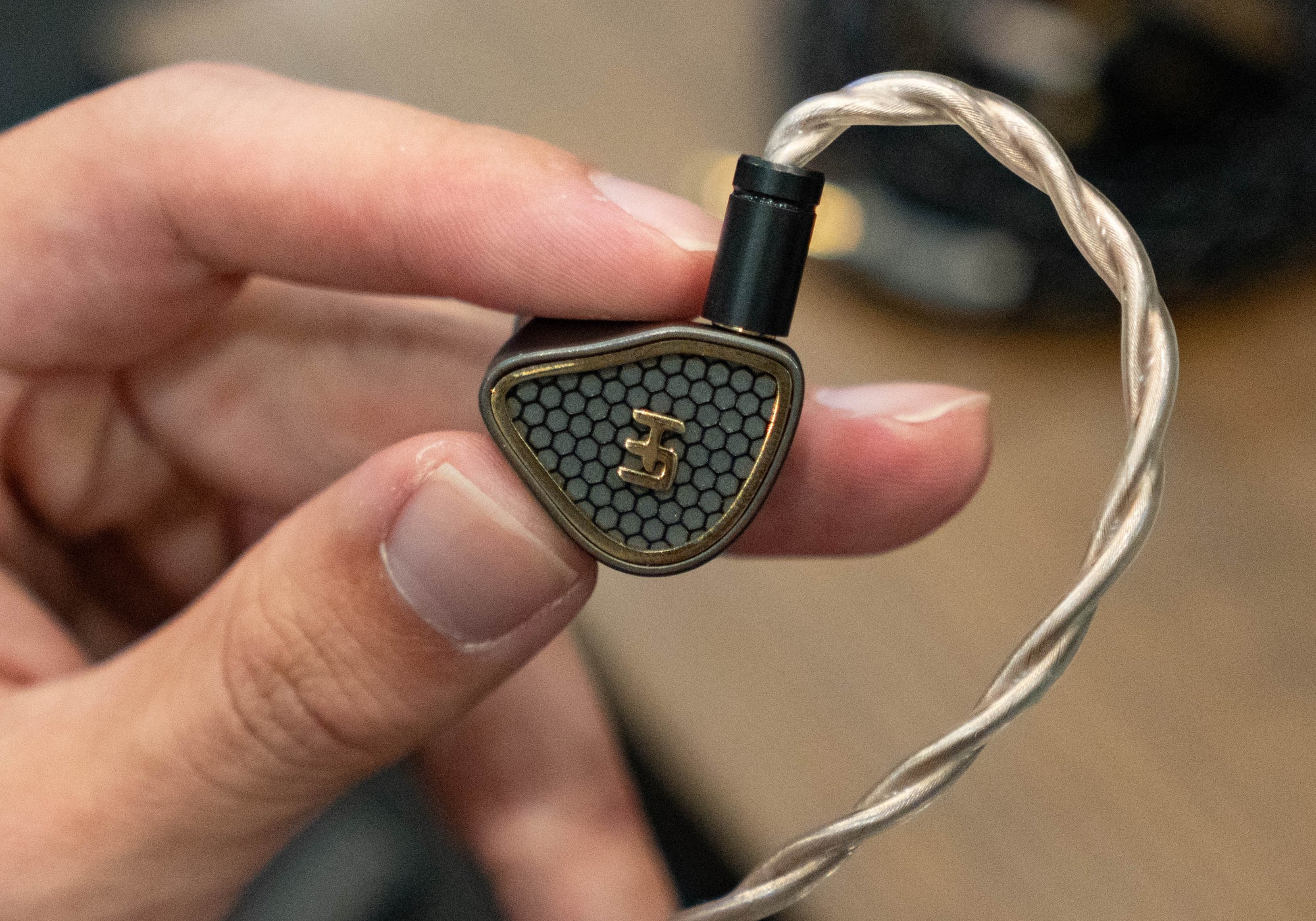
Precogvision: I heard this at the recommendation of Fc-Construct because he referred to it as a better Annihilator 2023, and that’s the lens through which I’ll share my thoughts. At a high-level, my take is that the Moses is an equally colored IEM with a less ‘raw’ presentation than the Annihilator. This is mainly owing to a warmer-tilted bass shelf and more scoop from 5-6kHz in the lower-treble. Effectively, it’s a more forgiving, smoother, and larger-sounding Annihilator. The trade-off is that it loses some of the special sauce that the Annihilator has in the treble and the Moses is not quite as textured. Either way, this is an IEM that definitely sounds ‘expensive’ when you hear it. The tuning is well-done, possibly better than the Annihilator for some audiences too. 2 stars.
Mysticraft Hex
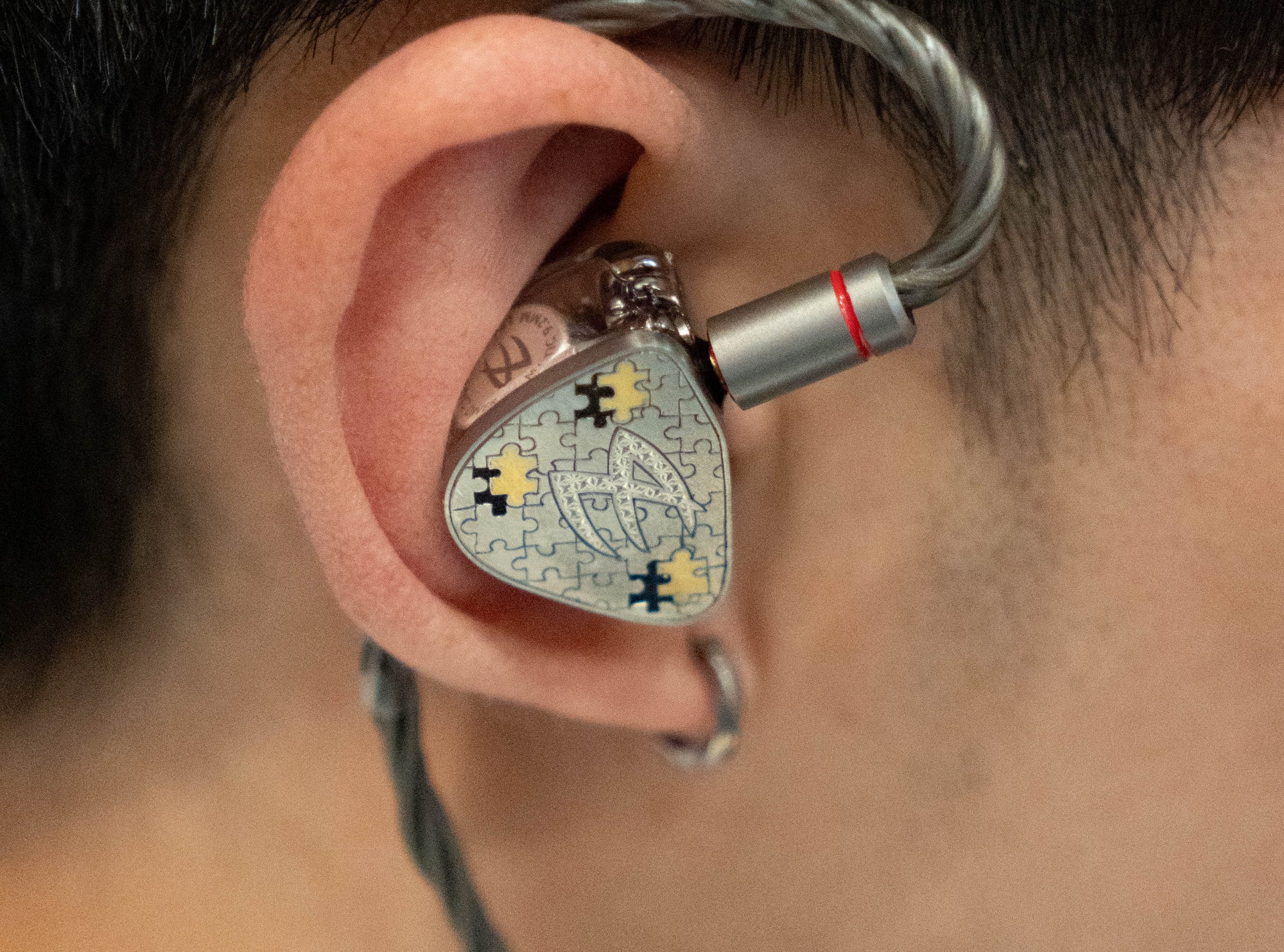
Precogvision: Mysticraft is the latest venture from Lee, who has since sold his renowned IEM company, Elysian Acoustic Labs. Again, it’s difficult not to draw comparisons to the Annihilator when listening to the Hex given that the IEMs share a lot of the same DNA and the same creator.
In any event, my first impression of the Hex is bassy. Perceptively, it packs way more SPL than the Annihilator 2023 down low; it’s likewise dry, albeit it slams extremely hard and has good texture. The midrange of the Hex follows Lee’s ‘OG’ tuning strategy more closely, filling in the region from 1-3kHz versus the Annihilator 2023 which has more of a scoop. This brings vocals back to the forefront. Compared to the Annihilator 2023, the Hex loses some of the exaggerated energy from 10-15kHz, leading to a treble response that is very well-extended yet has a more weighty characteristic to it.
In terms of intangibles, the Hex sounds very large-sounding despite the more weighty treble and, expectedly, it sounds extremely detailed for both macro and micro-detail. I do find the overall presentation here to be quirky in terms of timbre, though. It doesn’t sound ‘digital’ like the Annihilator 2021, or as ‘believable’ as the Annihilator 2023 does to me.
Overall, I don’t necessarily find the Hex to be better than the Annihilator, at least in terms of the overall tuning game, even if the Hex does have superior technicalities. But what has definitely taken a leap is the faceplate game: the HEX employs genuine precious metals like silver and gold in its faceplate, which I thought was pretty cool even if it adds to the hefty $9,000 price tag. 1 Star.
Fc-Construct: Unlike most in the high-end IEM space, I don’t rate the Annihilator 2023 quite as highly (don’t get me wrong, it’s still good!), so I approached the flagship Hex without less consideration for its acclaimed predecessor. To me, while the Hex has the characteristic Mr. Lee touch, I’m more inclined to treat it as its own thing.
The Hex has a “big” sound. And it does so purely with its fundamentals instead of a bombastic in-your-face presentation. The bass impact is one of the best things about it. It straddles the subbass and midbass transition region where deep rumble and quick punches are blended together for a very firm, hard hitting response. Notes hammer down like rocks.
Its midrange comes to the forefront with a nice balance and body. There is intimacy here to the tuning, where it’s forward but not shouty or stretched. As for the treble, I’m a fan. There’s once again a very clear upper treble extension with plenty of air and sparkle. What I like most about it is that it’s one of the smoothest renditions of treble we’ve seen from Mr. Lee. Instead of micropeaks, we get nanopeaks here. Crispness and transient sharpness are very much still present, but controlled such that when you zoom out, it feels like a straight linear extension.
Now, before we lose the plot, let’s be clear. This is a $9,000 IEM. The expectation here, especially as the flagship from Mr. Lee’s newest brand, is that it’s the best IEM he’s ever made. In my short time with it, I’d be willing to give it that crown. But that doesn’t mean it surpassed expectations. 2 Stars.
PMG Audio APX ME
Fc-Construct: One of the IEMs on my bucket list is the APX SE. I’ve still to hear it. But apparently the APX ME is meant to be the step-up model at $7,000. It’s alright.
The bass has an interestingly “smacky” quality to it. Almost like the hit of a snare, but much lower pitched and rounded off the transients. The boom and rumble is hidden under this “smacky” sort of sound, which leads straight into the lower mids where the ME has a thick presentation. It’s not that vocals are buried, but rather it just drips with a bit of excess warmth. I found the treble somewhat rough on the ME. Instead of a nice touch of sparkle, you get an unwieldy response in the lower treble.
I don’t dislike the APX ME, I’m just very ambivalent about it. I hope the SE is a lot better. Not recommended.
Precogvision: Overall, I have the same thought about the APX ME - it’s just alright. I can also add some perspective as I’ve heard the APX SE. The APX SE was an IEM that was extremely boosted in the upper-treble regions, to the point of which it sounded wholly unnatural. To my ears, the APX ME tones it back a notch in the treble and it’s mostly just poofy sounding. I suspect the peaks in the upper-treble overlap with each other, though, so it’s not the most detailed sounding treble to me. I find that the bass response on the APX ME, and that lower-midrange region, is a hint too boomy as well. Not recommended.
Rhapsodio Master
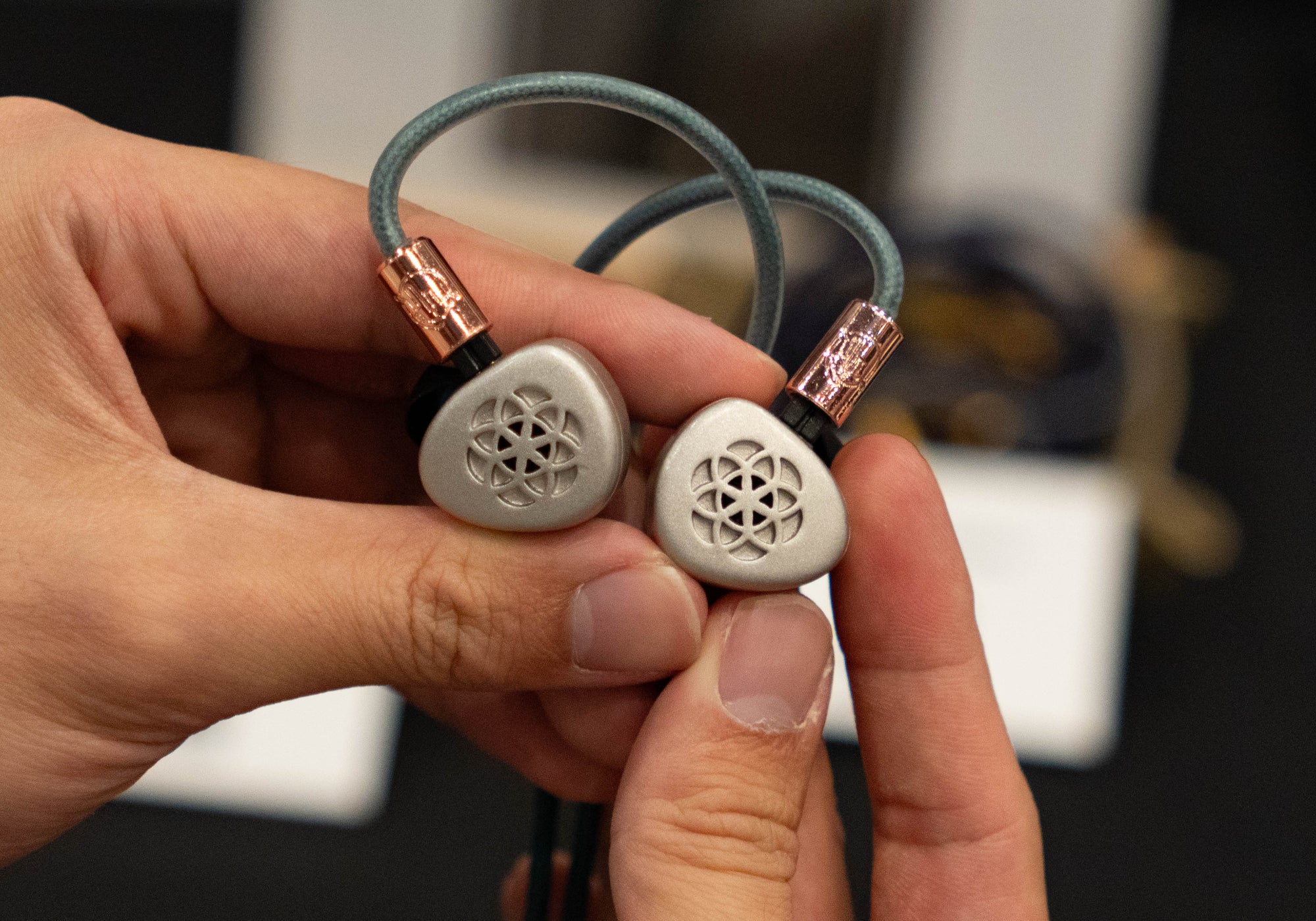
Precogvision: This IEM was of particular interest to us given that it’s currently the most expensive IEM in the world with its eye-watering $30K USD price tag. Part of this price tag might be explained by the weighty, solid 925 sterling silver shells or the cumulation of years of technical expertise being dedicated to the IEM. But one thing’s for certain: it’s in no part justified by the resulting sound.
The Rhapsodio Master’s sound is characterized by the initial sense of viewing an abstract or avante garde artpiece. It’s confusing; the gears in your head are spinning as you try to derive the meaning behind it. Why does the bass sound so farty? Why does the midrange sound completely sucked out? Why is it so dipped-out in the mid-treble and where is the treble extension? Eventually, you simply give up searching for meaning and accept that your artistic sensibilities are not at the level for which the artist intended. But maybe that’s for the best unless your pockets run this deep. Not recommended.
Fc-Construct: I usually like to say that when it comes to very expensive products, people who can afford it don’t need me to tell them what to do. The Rhapsodio Master is where I will break that trend and unequivocally state in no uncertain terms that no one should buy it.
Like Precogvision, I can go on with flowery language about how the Rhapsodio Master is an assault on my senses. But I’ll keep it simple instead. It sounds very bad. But worse than that, it’s not even well made. Sure they use some fancy silver shells that weigh as much as a brick, but the way it’s put together has gaps in its seams. The Rhapsodio Master is nothing more than a bad attempt at a cash grab. I mean, at least pretend to put in some effort if you’re going to do that. Not recommended.
Volk Etoile
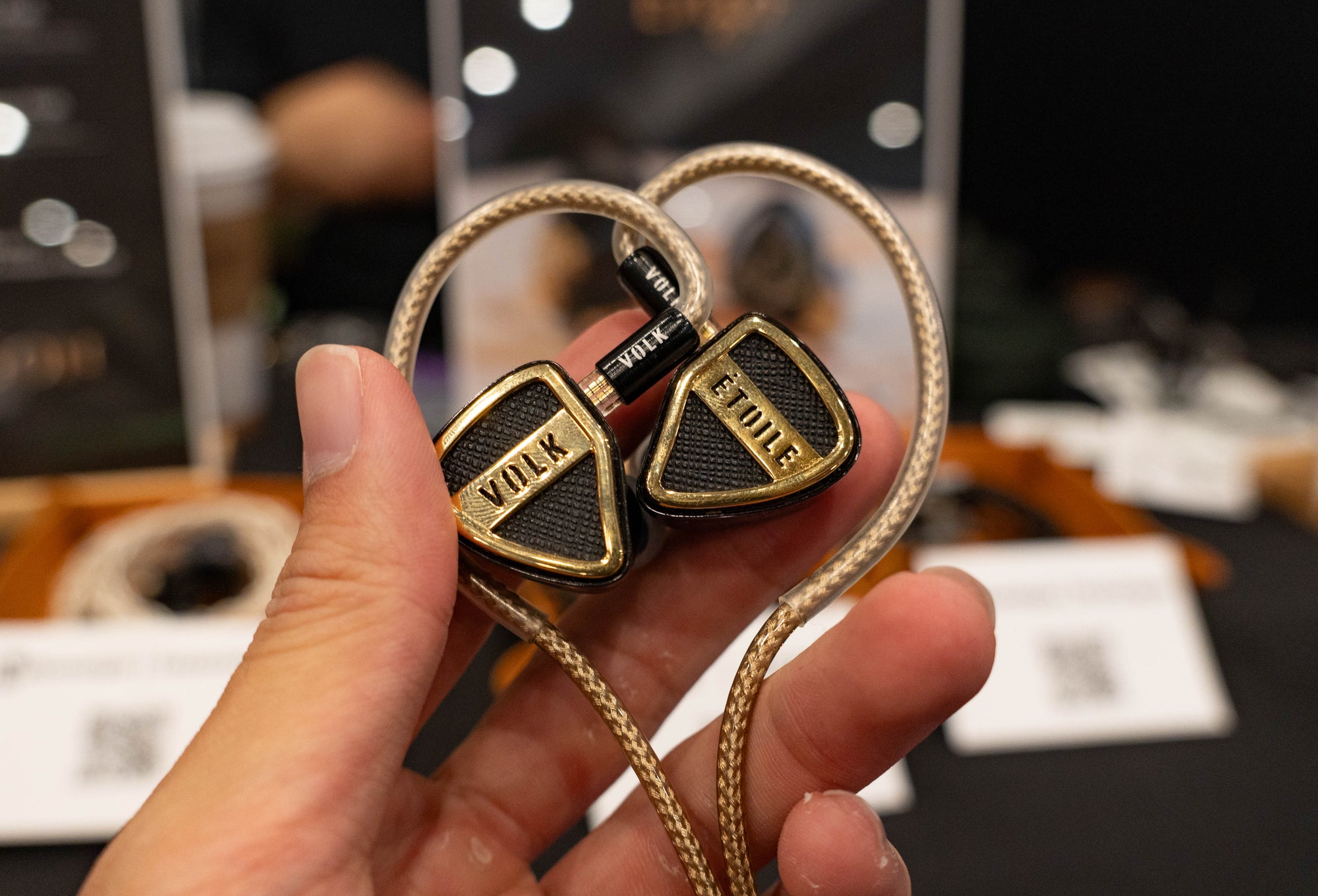
Precogvision: The Etoile’s most noticeable quirk presents itself in the form of the way its tuning rises from 1 - 3kHz. This is generally an area that needs to be filled in, at least to some degree, to compensate for IEMs bypassing the ear. But it doesn’t really exist on the Etoile sans it peaking at 1kHz. The result is an odd, diffused vocal presentation. You’ll get used to it with some brain burn-in; however, if you compare the Etoile to any IEM that’s tuned normally, it’s glaringly obvious.
asaSometimes I see a tuning decision like this being employed in the pursuit of subjective qualities like superior imaging performance. But I don’t really find that to be the case with the Etoile, as the technicalities are good but not great to my ears. The rest of the tuning shares a similar vein: decent sub-bass focus, decently smooth and extended treble response. Overall, this is an IEM that sounds fine but like something is missing. Not recommended.
Fc-Construct: The Volk Etoile is the much anticipated flagship from the former head IEM designer of Empire Ears. And for their debut product, they picked a bit of an odd one. The first thing I noticed was the unique presentation of its bass. Notes come in with full force, initially. All that energy quickly dissipates, particularly in the subbass, to make space for the next note. I haven’t heard anything like this before, and I can’t say I’m a fan of this design.
As for the midrange, I found its tuning to have a strange “cupped” feel to it, as if you’ve put your hand over your mouth. Not muffling or silencing, but rather altering the timbre. It’s just… weird. The treble seemed a bit sharp and uncontrolled. Nothing deal breaking, but not exactly what I want to see in a flagship.
There’s quite a bit to unpack with the Etoile I think, and while my first impressions are mixed, many people seemed to enjoy their demo with the Etoile. Someone told me it was perfect for their fast-paced, technical EDM tracks, and that would make sense to me. Oh and for those wondering, yes the driver flex is still there. Not recommended.
Unique Melody Asahi
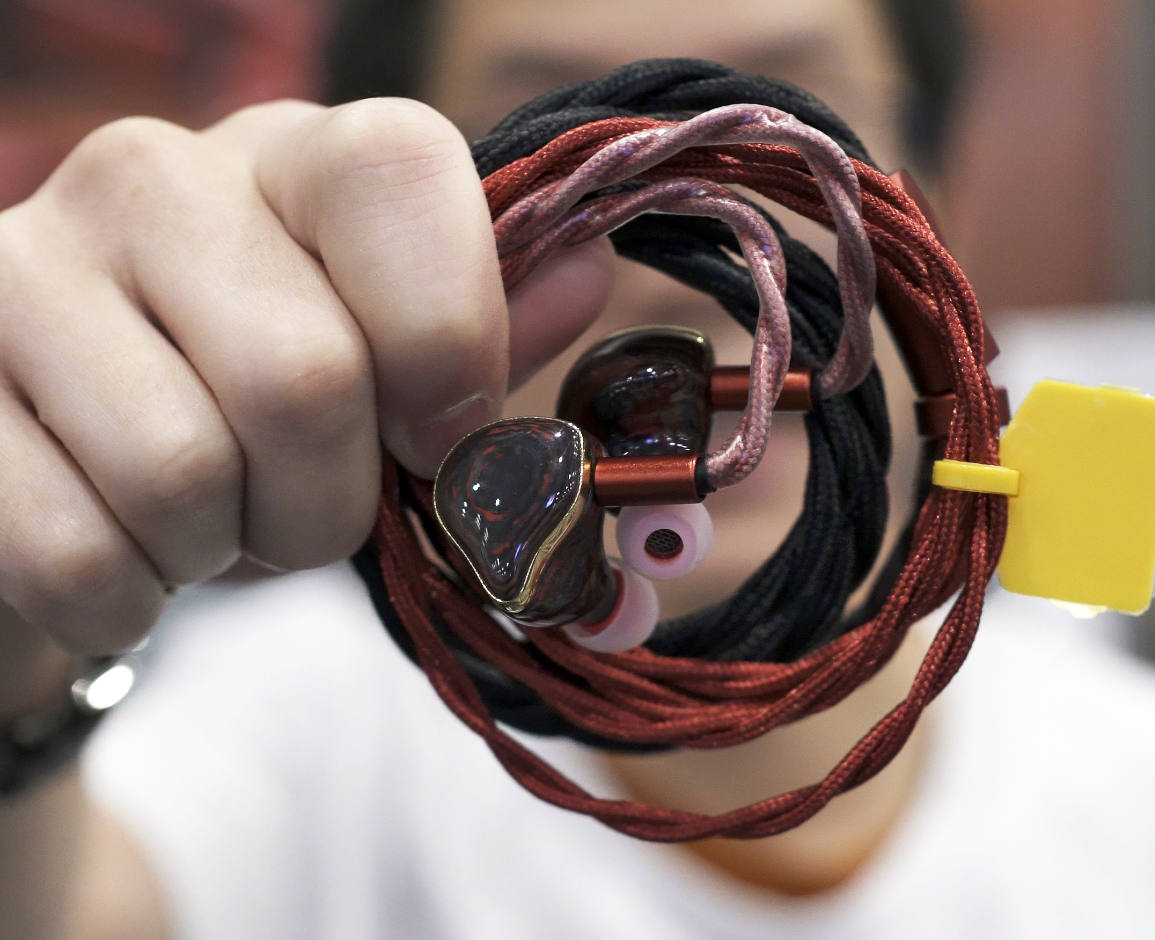
Fc-Construct: Ever since the MEST, Unique Melody has become a mainstay in the boutique Chinese IEM market. They’ve released countless models and I’ve given up keeping up. But the Asahi is one that I was asked by some friends to try at SoCal, so I obliged. Lo and behold, it’s their latest flagship with an eyewatering price tag of $8,300. My expectations weren’t very high.
But as it turns out, I did quite like the Asahi. It’s unexpectedly fairly balanced considering the exotic nature of the product. The tuning is pleasant - it’s relaxed with a padding of lower mids warmth and a touch of sparkle. Bass notes fall in a Goldilocks zone of impact and weight, punch and decay. It lifts the musical experience rather than trying to steal the spotlight. Vocals are intimate thanks to the relaxed midrange, but make no mistake, this is not a closed-in sounding IEM. The soundstage is fairly large and the treble gives just enough sharpness to highlight the Asahi’s imaging prowess. This treble has extension, but with a gentle roll-off up top that adds a nice softness. This is an IEM that does a little bit of everything, including a nice sense of resolution. Recommended.
Conclusion
This article represents merely a snippet of everything that CanJam SoCal 2025 had to offer, and of course, keep in mind that these are just first impressions on a busy show floor. Thoughts are subject (and likely) to change upon further listening. But we hope that this Michelin-styled guide gives you a starting point for when you get a chance to visit a big audio show yourself!
